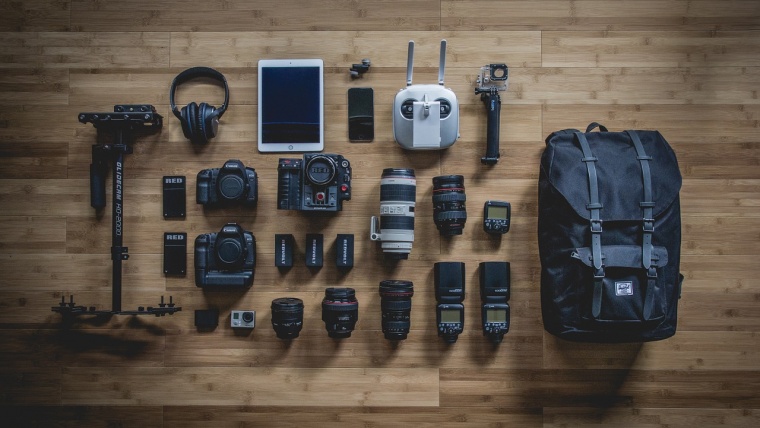
So, you’re either looking to get into photography or you’re looking to upgrade your equipment. Or you’re like me and you’re a little obsessed with scouting out the gear you want to get but will probably never pull the trigger and actually buy it. Fair enough.
Whether you’re an Instagram loving amateur looking to bump the quality of your posts or a seasoned fashion photographer who needs the latest gear to keep up with the crowd, there are some basic rules to budgeting your photography purchases. The guidelines below will help you get the most bang for your buck.
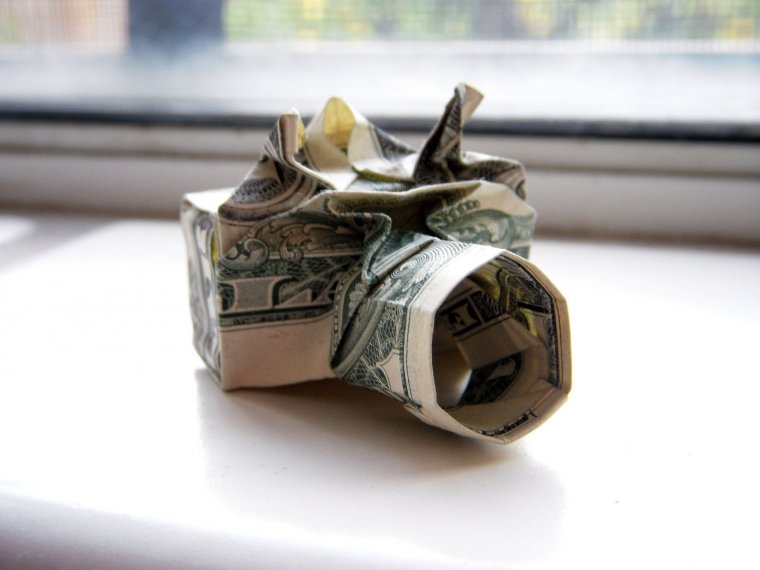
Regardless of your situation, you’re gonna need a budget (even if it’s a hypothetical one). It’s all too easy to purchase one camera and get roped into buying tons of supporting gear to match your fancy new shooter, and before you know it you’ve sunk thousand of dollars that you didn’t want to spend into your setup. Do not do this. Instead, come up with two numbers, one that is the best case scenario low budget you’d love to get away with, and the other being the high budget total that you’d still be comfortable spending on all of your gear, then aim for the low one and you’ll probably end up at the high one.
Depending on your situation and photographic needs, your numbers will probably range anywhere between $500 to $10,000 or more, only you can figure that out for yourself. But keep in mind that the gear doesn’t make the image, the photographer does. No camera and lens, no matter how expensive, will make you a good photographer, and the best photographers can make amazing photos using just about anything.
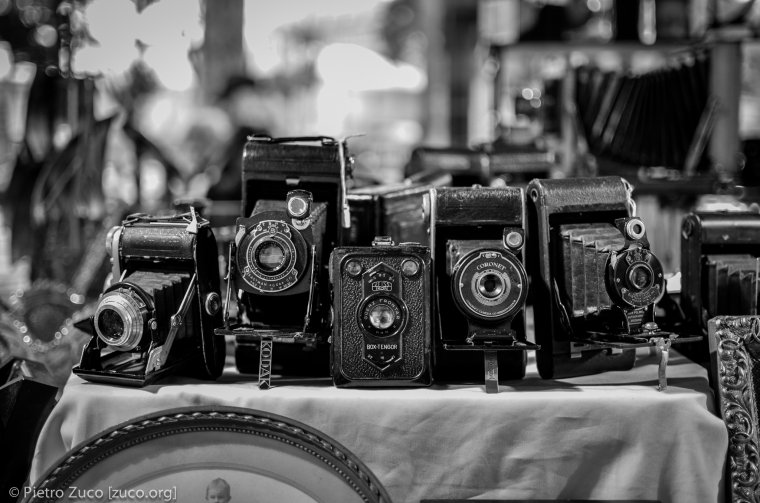
If you’ve already invested $3,000 in Canon lenses, don’t switch to Nikon. This should be obvious but many people jump to whichever system has the best looking gear at the moment and completely abandon the often significant financial investment they’ve already made in another system. But guess what, no camera company makes anything significantly better than all the other camera companies. Every camera on the market takes good photos, some take great photos, basically none of them take mediocre photos. The difference between a $400 camera and a $4,000 camera is minuscule at best, and the difference between Sony’s latest offering and Panasonic’s best gear is even less significant. You are far better off keeping your budget down by utilizing as much of your current gear as you can than selling it for a loss just to get into a different (but rarely better) camera system.
If you don’t have any gear yet, then this rule is even more important for you. THINK LONG TERM. For all the reasons listed above, whatever photo equipment you get first will likely decide what type of equipment you buy from then on. So if you buy a Canon Rebel body and a couple Canon lenses right now (a great long-term choice) then you probably won’t want to buy a Fujifilm camera next because then your Canon lenses will be useless (don’t expect to rely on converters). Before you know it, you’re entirely entrenched in the Canon system and it will cost thousands of dollars to get out of it. You can read up on which camera brand is right for you in this helpful Sleeklens guide.
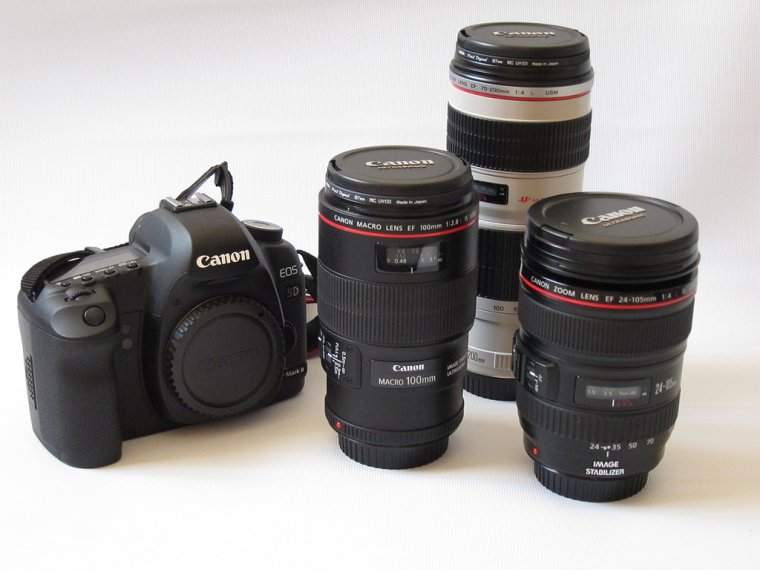
This is easily the biggest mistake any new photographer makes when buying photography gear. Most people spend all of their money, or close to it, on the camera. WRONG. If your budget is $1,000 don’t spend it on a Canon 70D with a kit lens, in fact, you should almost never buy a kit lens at all. (For those who don’t know, a “kit lens” is the zoom lens included with a camera body that usually covers a large focal range, like 18-105mm, but is almost always very low quality.) So what exactly is the 2-1-1 rule? It’s a ratio: 2 parts of your budget on lenses, 1 part on the camera, 1 part on everything else.
This may seem crazy to new photographers, but you should be concentrating on the lenses you’re getting, not the camera body. Why? Most camera companies use the exact same Sony sensors. While there are other factors that go into the quality of a camera body, the sensor is easily the most important one. Even companies that don’t use Sony sensors (like Fujifilm) use the same technology and produce almost the same images. The camera body really doesn’t matter that much, it’s mostly a personal preference. The only truly important elements of a camera body that affect the final image are the sensor size, technology, and megapixel count. Even then, there are pros and cons to all possibilities and they don’t have a huge affect on the final photograph.
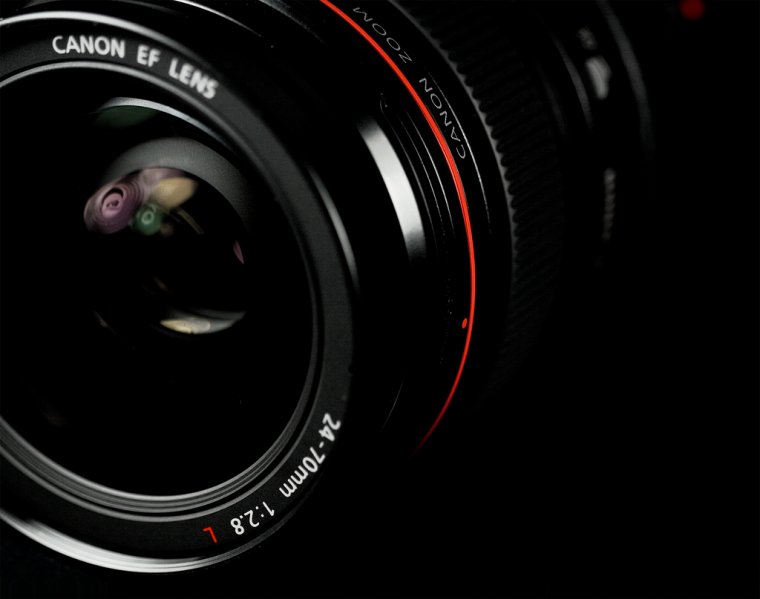
Lenses, on the other hand, all but decide the quality of your images. Camera companies make their own lenses, all of which have some stellar options, and many third part companies like Sigma make some great lenses too. While, like cameras, there is little difference from one brand to the next, there is a significant difference from one “tier” to the next. It’s really difficult to get those stunning photos with micro-contrast, a low depth of field, and beautiful color and tonal gradations with a cheapo zoom lens. It might be impossible. Compare that to a Canon L lens, for example, which can make virtually any snap look decent, and you’ll see why the lens is the key.
The last 25% of you budget should be reserved for supporting gear like bags, UV filters, strobe lights if you need them, that kind of thing. If you already have equipment you’re planning on keeping (which you’d be wise to do) then you should follow the 2-1-1 rule for your total set of equipment, not what you’re buying right now.
Finding the right photo gear may seem like an impossible task, but as long as you keep those three rules in mind (especially the 2-1-1 rule) you’ll end up with a kit you can be proud to call your own.
Comments (0)
There are no comments yet.